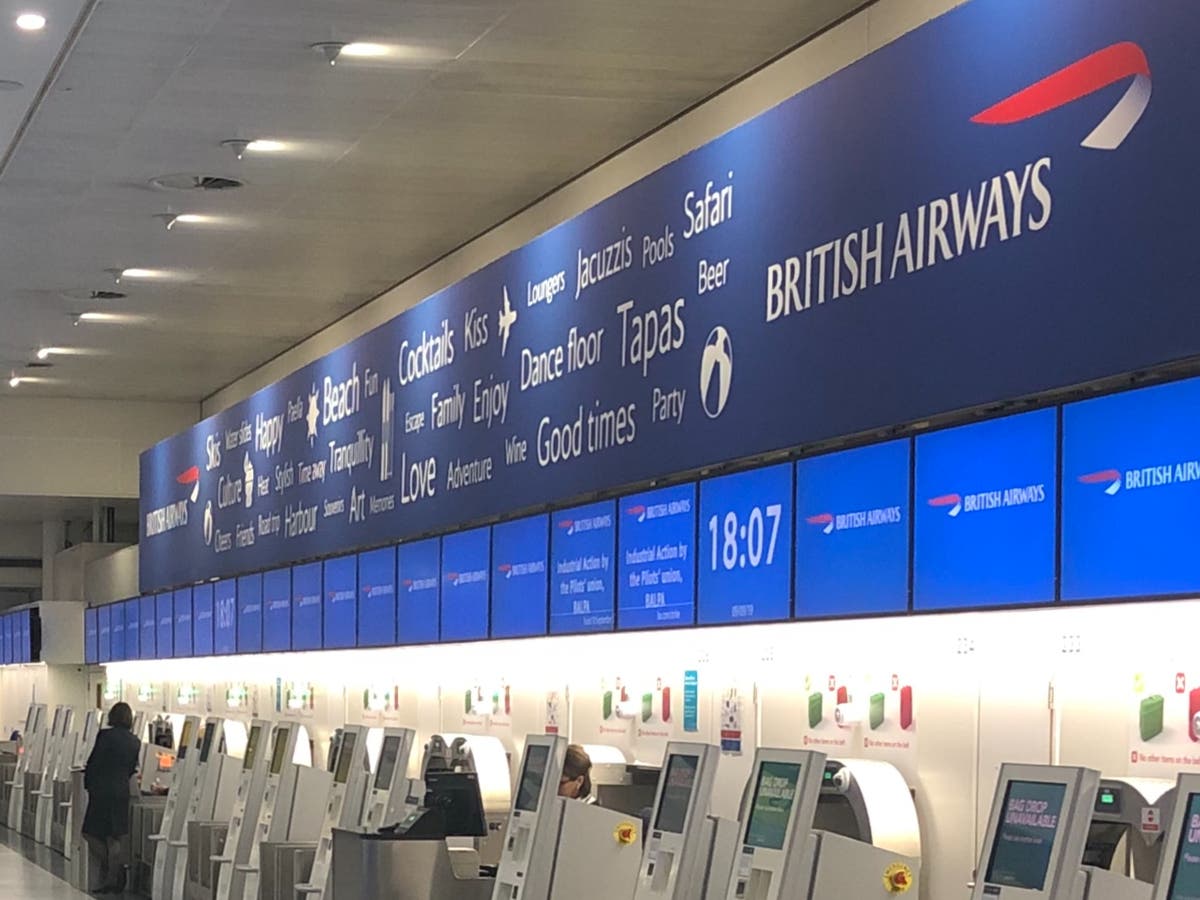Grab cuts 1,000 jobs in its largest layoff – CEO says it’s not a “shortcut to profitability”
Grab said the layoff is part of a strategic reorganisation aimed at managing costs and ensuring the long-term affordability of its services.

Grab Holdings, the leading ride-hailing and food delivery app in South-east Asia, has announced a significant workforce reduction as part of a strategic reorganisation aimed at managing costs and ensuring the long-term affordability of its services.
Singapore-based Grab will cut 1,000 jobs, which accounts for approximately 11 per cent of its workforce, making it the largest round of layoffs since the beginning of the pandemic.
In a letter addressed to employees on Tuesday, Grab’s CEO, Anthony Tan, emphasised that these job cuts were not “a shortcut to profitability”, but rather a necessary adaptation to the rapidly evolving business landscape.
He highlighted the rapid pace of technological advancements, such as generative artificial intelligence (AI), and the increased cost of capital as factors that have directly impacted the competitive environment.
“We must combine our scale with nimble execution and cost leadership so that we can sustainably offer even more affordable services and deepen our penetration of the masses,” said Tan.
Despite the reduction in its workforce, Grab stated that it had managed costs effectively and remains on track to achieve its target for group-adjusted earnings before interest, taxes, depreciation, and amortisation break-even in 2023, even without these layoffs.
Grab saw an increase in revenue in Q1 2023
Founded in 2012, Grab has evolved into a “super app” that offers a range of services, including deliveries, rides, and financial services, across eight South-east Asian countries, including Indonesia, Malaysia, the Philippines, Singapore, Thailand, and Vietnam.
The company’s shares rose by 4.7 per cent in pre-market trading following Tan’s announcement, with a peak increase of 5.6 per cent based on earlier gains spurred by a Bloomberg News report on the job cuts.
Grab reported a loss of US$250 million (S$336 million) for the previous quarter in May. However, it noted that its revenue in the first quarter of 2023 increased by an impressive 130.3 per cent to US$525 million compared to the same period the previous year.
This move follows Grab’s optimistic forecast for full-year revenue in 2023 and an accelerated timeline for achieving profitability, which were announced in February.
The company had last implemented job cuts in 2020 when it laid off 360 employees due to the pandemic’s impact. As of the end of 2022, Grab had a total of 11,934 staff members, including approximately 2,000 employees from its acquisition of a grocery chain that year, according to its latest annual report.
In December, Tan had informed staff about the freezing of most hiring and pay raises for senior managers, as well as reductions in travel and expense budgets.
Grab’s restructuring efforts aim to ensure that the company can navigate the increasingly competitive industry landscape, provide affordable services to a broader audience, and solidify its position as a key player in the South-east Asian market.
Featured Image Credit: Kosaku Mimura via Nikkei Asia

 MikeTyes
MikeTyes 
































